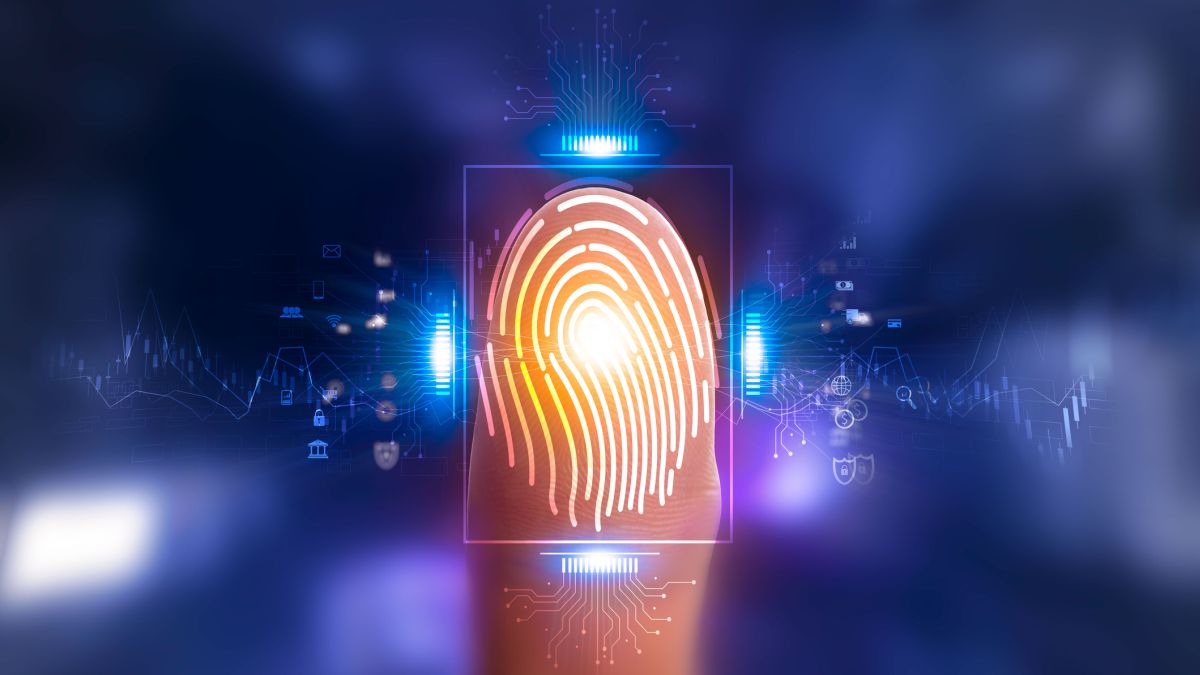Researchers have found several weaknesses in Windows Hello fingerprint authentication on Dell Inspiron 15, Lenovo ThinkPad T14, and Microsoft Surface Pro X laptops.
Microsoft’s Offensive Research and Security Engineering (MORSE) asked the researchers to evaluate the security of the top three fingerprint sensors embedded in laptops. They found vulnerabilities that allowed them to completely bypass Windows Hello authentication on all three.
If you like to read the full technical details, we happily refer you to the Blackwing researcher’s blog: A TOUCH OF PWN – PART I. For a less technical summary, carry on.
First but foremost, it’s important to know that for these vulnerabilities to be exploitable, fingerprint authentication needs to be set up on the target laptop. Imagine the type of disaster if that wasn’t true.
The three sensors the researchers looked at were all of the “match on chip” type. This means that a separate chip stores the biometric credentials (in this case the fingerprints), making it almost impossible to hack into.
The communication between the sensor and the laptop is done over a secure channel, set up through the Secure Device Connection Protocol (SDCP) created by Microsoft.
SDCP aims to answer three questions about the sensor:
- How can the laptop be certain it’s talking to a trusted sensor and not a malicious one?
- How can the lapop be certain the sensor hasn’t been compromised?
- How is the raw input from the sensor protected?
- The input has to be authenticated.
- The input is fresh and can’t be re-playable.
So, what could go wrong?
The researchers were still able to spoof the communication between sensor and laptops. They were able to fool the the laptops using a USB device which pretended to be its sensor, and sent a signal that an authorized user had logged in.
The bypasses are possible because the device manufacturers did not use SDCP to its full potential:
- The ELAN sensor commonly used in Dell and Microsoft Surface laptops lacks SDCP support and transmits security identifiers in cleartext.
- Synaptics sensors, used by both Lenovo and Dell, had turned SDCP off by default and used a flawed custom Transport Layer Security (TLS) stack to secure USB communications.
- The Goodix sensors, also used by both Lenovo and Dell, could be bypassed because they are suitable for Windows and Linux, which does not support SDCP. The host driver sends an unauthenticated configuration packet to the sensor to specify what database to use during sensor initialization.
The recommendation of the researchers to the manufacturers is clear: SDCP is a powerful protocol, but it doesn’t help if it isn’t enabled or when it can be bypassed by using other weak links in your setup.
The fact that three manufacturers were mentioned by name doesn’t mean by any stretch that others have done a better job. It just means the researchers didn’t get round to testing them.
If you, as a user, are worried about anyone being able to get near your laptop with a USB device, you shouldn’t be using fingerprints as an authentication method and disabled.
- Type and search [Sign-in options] in the Windows search bar, then click [Open].
- Select [Fingerprint recognition (Windows Hello), then click [Remove], and the fingerprint sign-in option will be removed.
Until the manufacturers have dealt with the weaknesses in their setups, we can’t assume that this is a secure method of authentication.
We don’t just report on threats—we remove them
Cybersecurity risks should never spread beyond a headline. Keep threats off your devices by downloading Malwarebytes today.











